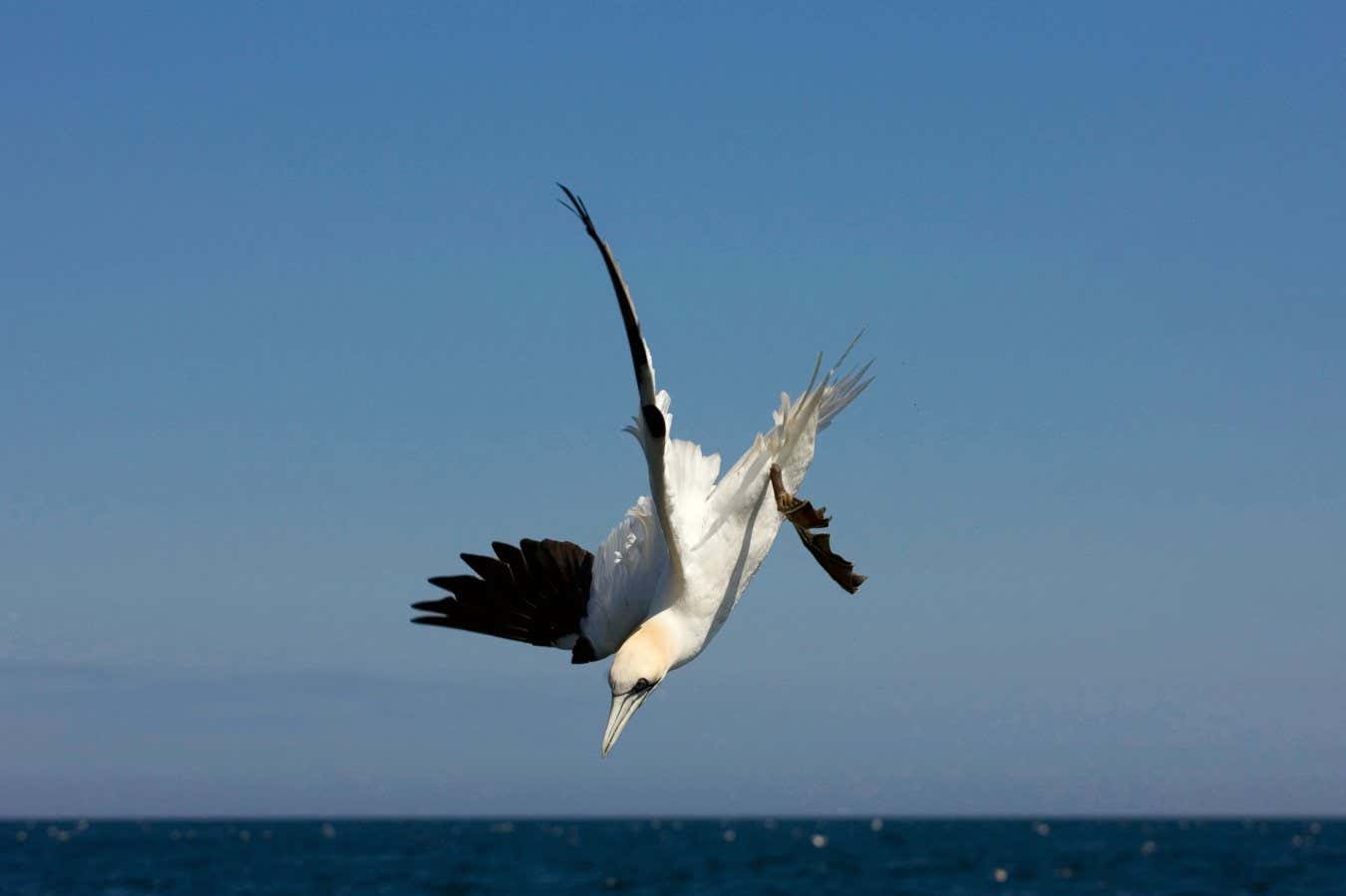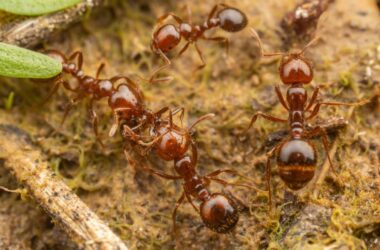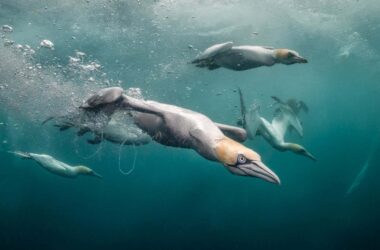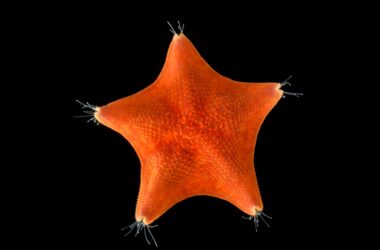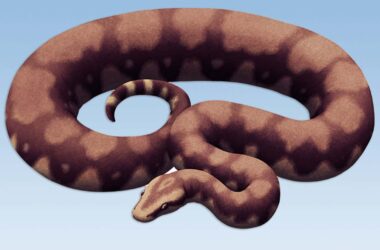A gannet diving for prey
Glyn Thomas Photography/Alamy
When gannets dive into the sea to catch fish, they tend to roll either to the left or the right based on their individual preference, similar to how most people have a dominant hand.
This phenomenon of having a preference for one side of the body over the other, known as laterality, is observed in many animals. For example, many primates, including humans, have a dominant hand; cockatoos tend to be left-footed, and bees prefer to turn right when entering an open cavity. Even blue whales display different preferences for different tasks.
Ashley Bennison and his colleagues from the British Antarctic Survey conducted a study where they attached accelerometers to 71 northern gannets (Morus bassanus) along the coast of Ireland and Wales. The birds were monitored for approximately three days, during which they were tending to chicks aged 3 to 4 weeks and had to hunt for food at sea daily.
It was observed that when gannets spot their prey, they roll to one side before diving into the water. The accelerometers recorded a total of 2133 dives by 51 birds. Out of this group, 22 birds consistently rolled to the right, 26 birds rolled to the left, and three birds had no preference for either side.
The researchers also discovered that gannets had a strong preference for a particular dive angle, but this did not predict whether they would roll left or right.
Laterality is believed to result from the two hemispheres of the brain being specialized for different tasks. According to Bennison, this specialization allows the brain and body to develop multitasking abilities. Unlike humans, gannets appear to be evenly split between left and right-handers. The reason why most humans are right-handed is still unclear, although some researchers suggest it may be due to social factors.
Bennison explains, “When you look at humans, we are predominantly right-handed, and that allows us to coordinate an easy life in terms of tool use. When you see a more even split, like we’ve got here, it means it’s a behavior that has developed because individuals are engaging in more complex tasks by themselves.”
This study is the first to demonstrate laterality in a foraging seabird. Bennison hopes to further explore whether “handedness” has an impact on the locations and techniques birds use for foraging, as prey capture and foraging play a critical role in the success or failure of these animals.
Topics:




